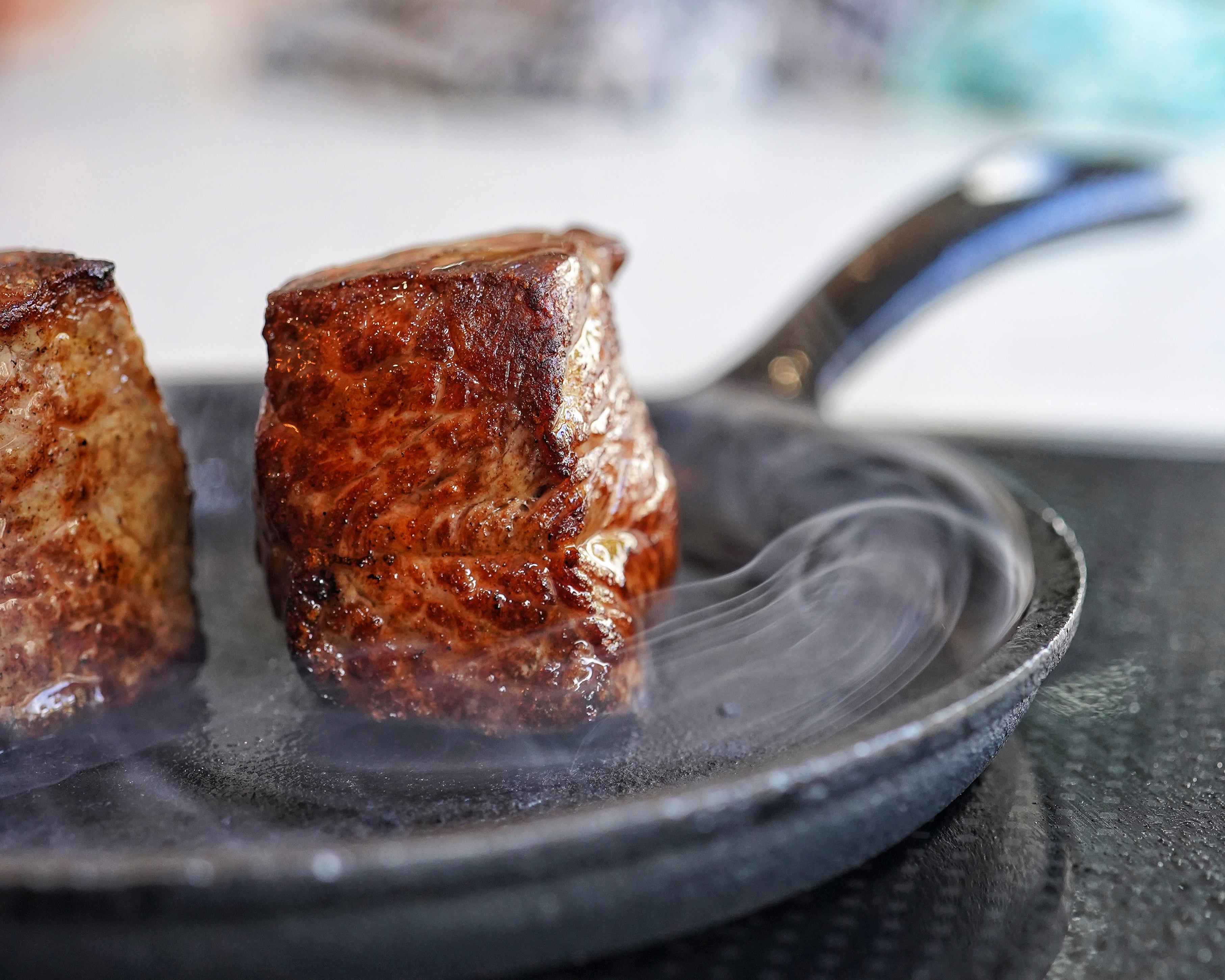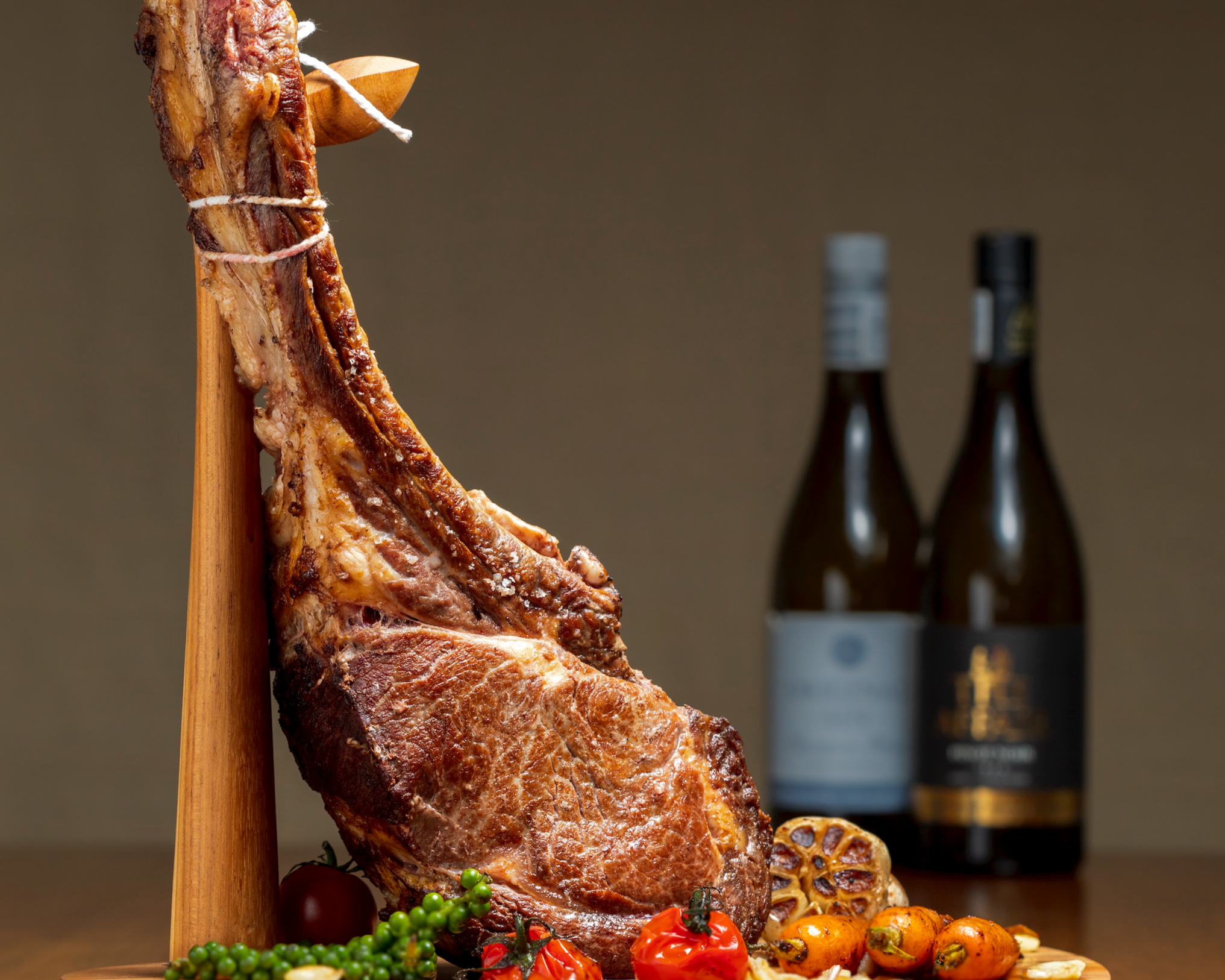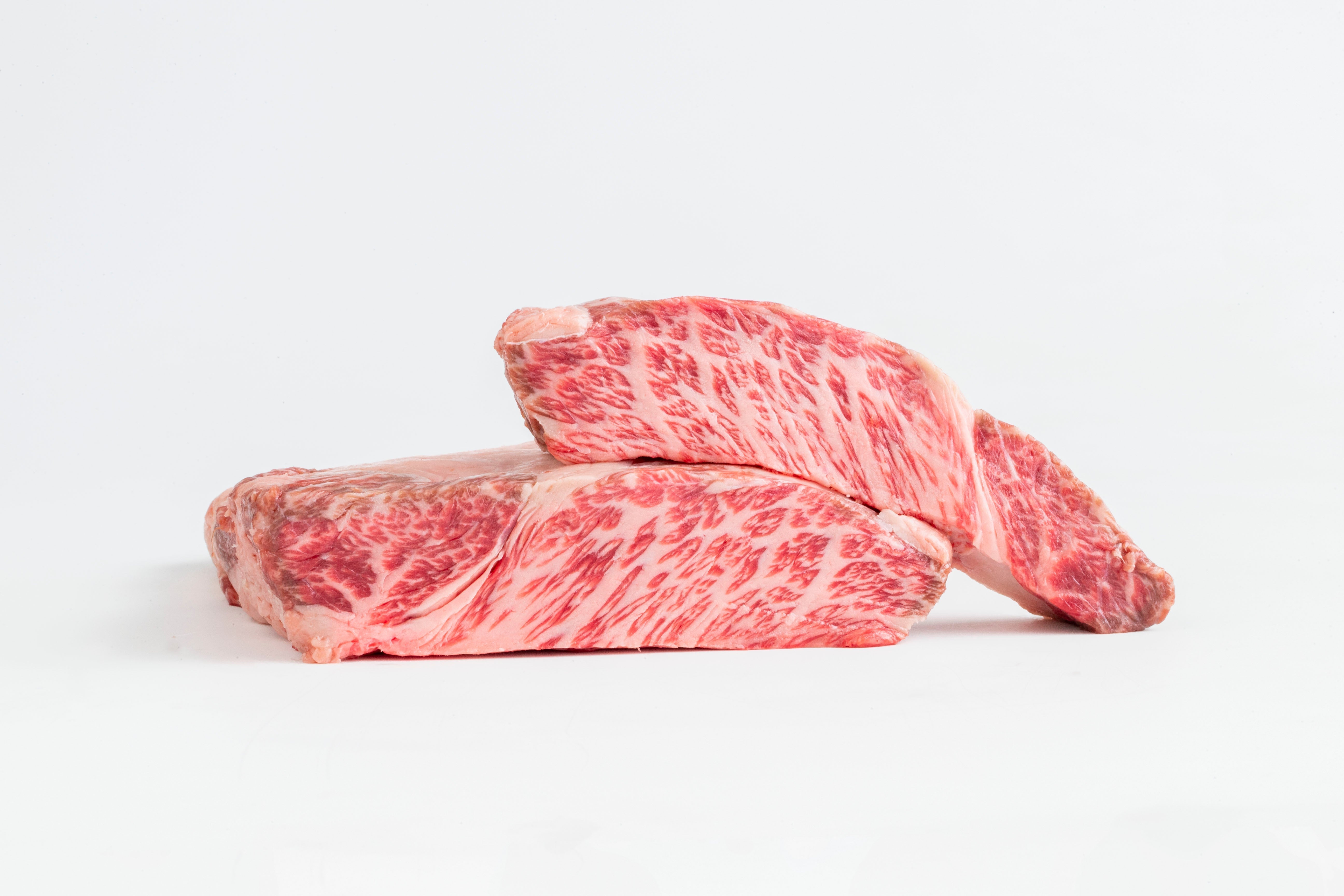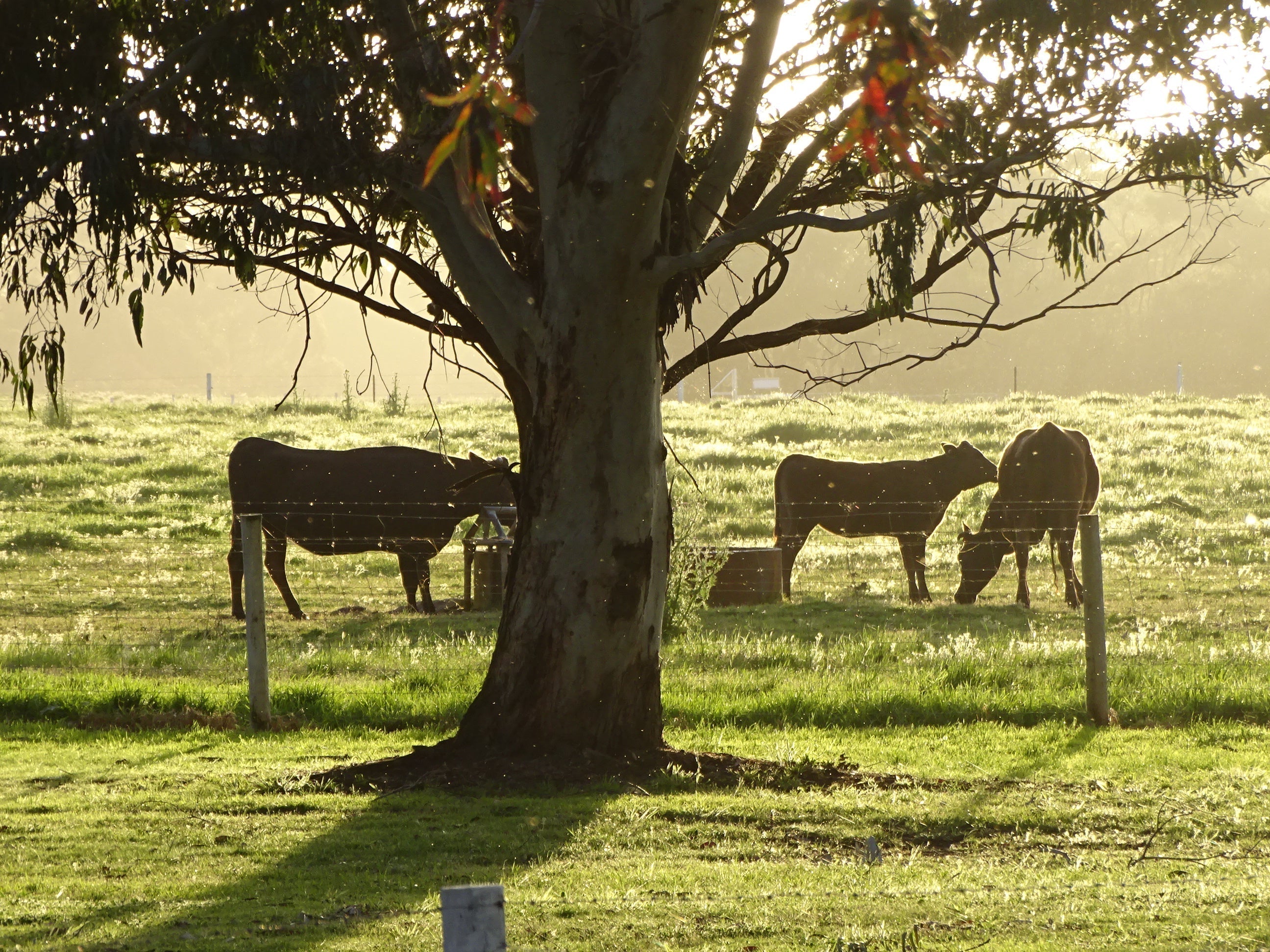
Cooking and Preparation
Cooking with Futari Wagyu can be as simple or as intricate as you like. The high level of marbling in Wagyu beef enhances both flavor and tenderness, making it a versatile choice across various culinary styles. Whether using traditional Japanese techniques or familiar Western methods, Wagyu delivers an exceptional dining experience.
Cooking Wagyu: Key Considerations
Wagyu beef does not require drastically different treatment compared to other beef types. However, due to its higher fat content, some cuts that are typically considered tough in other breeds become more tender when thinly sliced. Certain cuts, like brisket and topside, are excellent for smoking or slow cooking, creating rich, flavorful dishes.
A well-heated and seasoned hotplate is sufficient for cooking Wagyu steaks—there is no need to add oil, as the marbling naturally renders and bastes the meat during cooking.
The Japanese Way
Japanese cuisine offers some of the best methods to enjoy Wagyu, emphasizing simplicity and respect for the meat's quality.
-
Sukiyaki, Shabu Shabu, and Yakiniku: These dishes feature finely sliced Wagyu, cooked tableside and served with fresh vegetables and dipping sauces, creating a visually stunning and interactive dining experience.
-
Gyu Don (Beef Bowl): Thinly sliced Wagyu cooked quickly in a flavorful broth and served over rice or vegetables for a quick yet delicious meal.
Due to Wagyu’s rich flavor, Japanese-style servings are often smaller, eliminating the need for knives—chopsticks or a fork suffice.
The Australian Way
For those who prefer more familiar cooking techniques, Wagyu can be enjoyed through grilling, roasting, cubing, smoking, braising, or slow cooking. Given its rich, buttery profile, portion sizes are typically smaller—150g per person is usually enough.
Cutting Wagyu Properly
-
Use a sharp, high-quality knife for best results.
-
Slice while the meat is well-chilled or semi-frozen for precision.
-
Always cut across the grain to maximize tenderness and ensure even marbling distribution.
Preparation Before Cooking
-
Allow Wagyu to return to room temperature before cooking.
-
Lightly sprinkle sea salt to enhance flavor. Add pepper after cooking, as it may burn on high heat.
-
Keep additional seasonings minimal to let the natural flavor shine, but rubs and marinades can be used based on preference.
Cooking Wagyu Steaks
Cooking Instructions:
-
Cut steaks across the grain, with a thickness of 2-4 cm.
-
Preheat a hotplate or grill on high heat.
-
Cook each side for one minute (for a 2 cm steak). Flip and repeat. For every additional cm of thickness, add one extra minute per side.
-
Serve immediately to enjoy the full melt-in-your-mouth experience.
Recommended Cuts:
-
Oyster Blade (requires removal of central silver skin)
- Our selection of pre-cut Steaks
Thin Slicing for Quick Cooking
For precision, a meat slicer is recommended, but a sharp knife works well with semi-frozen meat.
Recommended Cuts:
Roasting & Smoking Wagyu
Roasting and smoking techniques can be applied similarly to other beef roasts. However, Wagyu’s natural tenderness often reduces cooking time slightly.
Recommended Cuts:
Slow Cooking & Braising
Traditionally, certain cuts are reserved for ground beef, but Wagyu transforms them into tender, flavorful delicacies when slow-cooked or braised.
Recommended Cuts:
Serving & Eating Wagyu
To fully appreciate Wagyu’s luxurious texture and taste:
-
Eat it hot: The marbling melts at a low temperature, delivering an unmatched richness. If the meat cools, the fat solidifies, reducing tenderness and flavor.
-
Rest the meat briefly before serving but avoid excessive resting to retain juiciness.
With these tips, you can maximize the flavor and experience of cooking Wagyu beef, whether embracing the delicate traditions of Japanese cuisine or the simple methods of Western cooking. Enjoy the best that Wagyu has to offer!




